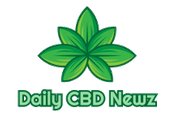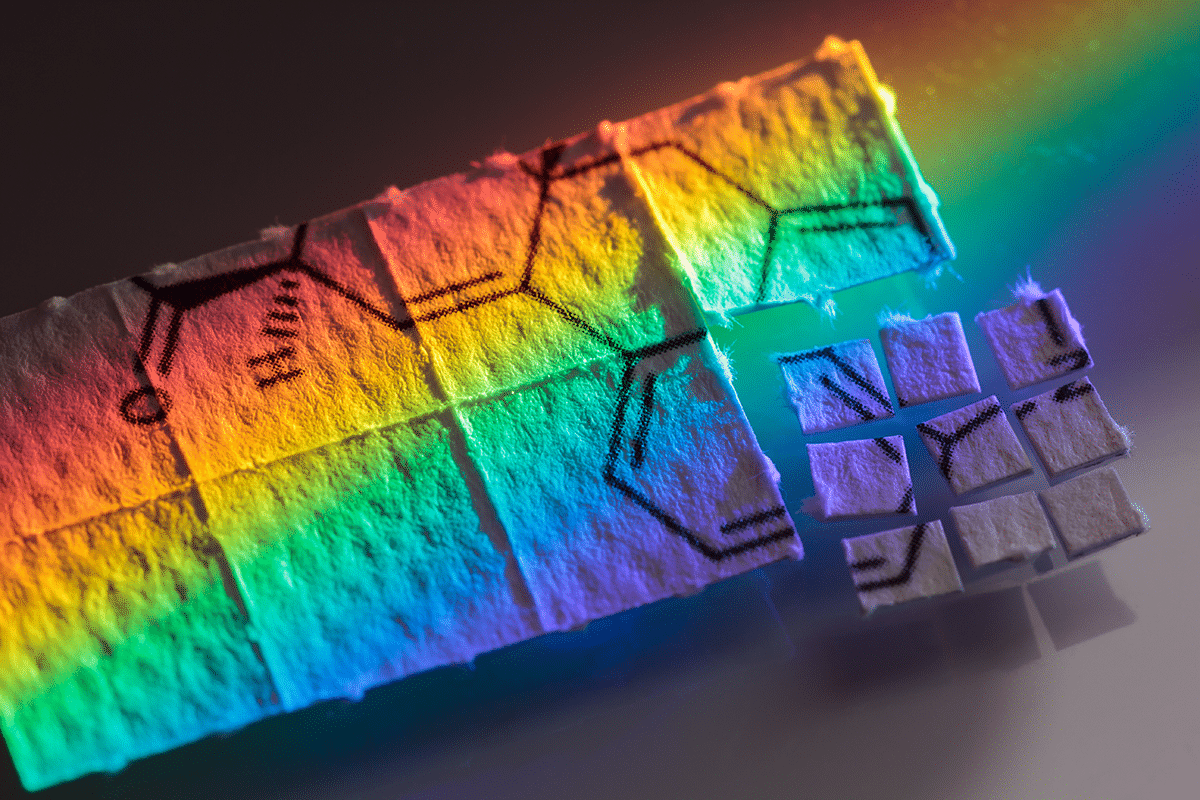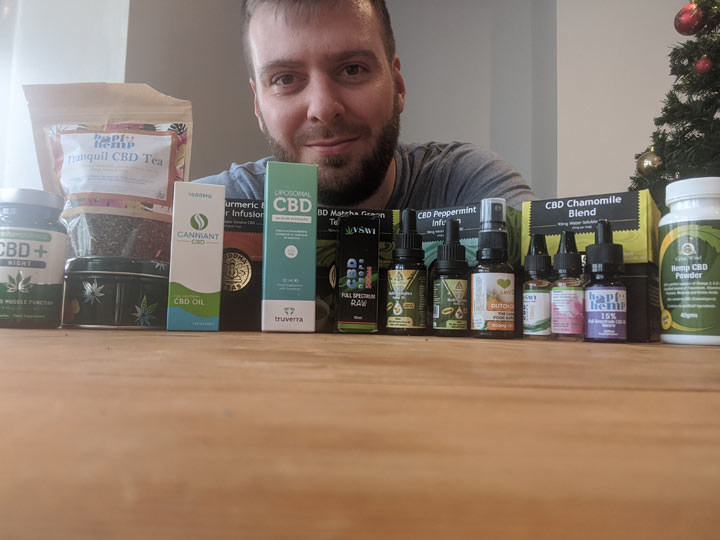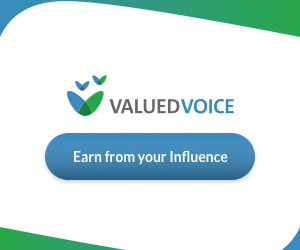We can barely concur on what it is, enable by yourself what it does. Does a “microdose” of psilocybin or LSD have to be sub-perceptual? Really should you microdose daily or intermittently? What about “stacking” modest doses of psychedelics with other dietary supplements? Does microdosing increase productiveness and creativity, or reduce despair and stress? Is microdosing a trend? A placebo? A panacea? Can it hurt your coronary heart?
Proof to day is blended, and frequently fails to verify the loftier claims of microdosing. However, real believers and avid skeptics can possibly concur it is an appealing and worthwhile region of analyze. Given the growing level of popularity of microdosing, if it just can’t truly make us healthier or happier, we ought to know that. If it can, all the much better.
Curiously, when researchers have analyzed the effects of minimal doses of psychedelics considering the fact that at least the 1950s, the phrase “microdosing” is a newcomer in the scientific lexicon. The words “psychedelic” and “microdose” didn’t seem alongside one another in a posted, peer-reviewed paper right until 2018. In 2019 and 2020, 18 and 19 papers, respectively, described pyschedelic microdosing, and in 2021, just 15 did.
But this 12 months is on monitor to considerably surpass the relaxation, with 24 papers mentioning microdosing as of mid-September (and at the very least six concentrating on it from the past few months).
An Emerging Science
In August, the journal Neuroscience & Behavioral Evaluations1 posted a systematic review on the “emerging science” of microdosing that its Australia-primarily based authors simply call the most thorough nevertheless. It covers 44 studies printed involving 1955 and 2021 and summarizes claimed effects across six categories: mood and psychological well being wellbeing and angle cognition and creativity character changes in mindful state and neurobiology and physiology.
The authors observe that laboratory scientific tests have noticed variations in soreness notion, time perception, conscious point out, and neurophysiology. Research based on self-reporting from outside the lab, in the meantime, have observed variations in cognitive processing and mental wellbeing. Which is fine as much as it goes, but here’s where by things get murky. The authors accept that across these studies threat of bias may differ commonly, dose measurement is inadequately defined and controlled, and bidirectional results are prevalent (lots of final result steps have been shown to both of those lower and increase following microdosing).
On best of all that, placebo handle is not only unusual throughout the scientific tests (17 of 44), but “seldom adequate” when present. As a end result, “it is tricky to distinguish between the part of drug expectancy and drug consequences of microdosing in the reviewed research,” the authors conclude. “A critical query for researchers is whether these results of microdosing have medical or optimization benefits further than what could possibly be defined by placebo or expectation.”
To go past the existing quandary, the authors offer a selection of tips for strengthening the science of microdosing, from principles like accurately measuring substances and doses to taller orders like launching extended-expression longitudinal research. Far more broadly, they call for a new stage of effectively-controlled “confirmatory research” to assess person predictors, anticipations, and contextual factors inside lively-placebo-managed reports. “With the earlier mentioned recommendations in brain,” the authors conclude, “microdosing science is set to mushroom into a productive industry of enquiry in excess of the coming years.” (Pun intended, we presume.)

Good Anticipations
A pair of double-blind, placebo-managed microdosing scientific tests from a research workforce in Argentina spotlight conflicting findings and intriguing opportunity.
The initially, showing in the journal Translational Psychiatry2 in August 2022, investigates the acute and shorter-time period outcomes of .5 grams of psilocybin in 34 men and women on subjective knowledge, actions, creativity, perception, cognition, and brain activity.
“Reported acute outcomes were noticeably a lot more intensive for the energetic dose in comparison to the placebo, but only for individuals who properly recognized their experimental problem [emphasis added],” the authors report. In other words and phrases, by evaluating how well subjects were being blinded to the nature of each and every dose (active or placebo), the scientists were being capable to present that this affiliation held up only amid individuals who realized irrespective of whether or not they’d taken psilocybin.
This finding undermines the premise that pharmacological pathways are dependable. Furthermore, the researchers also located no evidence throughout the (albeit small) study population to assist increased nicely-being, creativeness, and cognitive function affiliated with microdosing.
“We conclude that expectation underlies at the very least some of the anecdotal positive aspects attributed to microdosing with psilocybin mushrooms,” they generate.

A Tale of Two Research
A 2nd paper by the very same workforce implies there is a lot more heading on with microdosing than can be described by expectation. Revealed in September in the journal Psychopharmacology3 this paper gives evidence that microdosing psilocybin may perhaps generate refined, subconscious effects on unconstrained purely natural speech (this means not minimal or formed by questionnaires or other pre-chosen issues). All over again working with a double-blind and placebo-managed experimental style and design, they used laptop analyses of recorded speech to examine a few language parameters – verbosity, semantic variability, and sentiment scores – to determine regardless of whether microdosers use language differently than non-microdosers.
They did not find any significant associations with semantic variability, a measure of the big difference in meaning of consecutive words (and a proxy for speech coherence). They did, on the other hand, observe that the psilocybin microdosing team exhibited higher verbosity (quantity of text spoken) and sentiment scores (use of conditions joined to favourable/negative sentiments), the two of which are steady with improved mood. No significant variations in these associations had been observed involving individuals who accurately identified the experimental situation and those people who did not.
Finally, the scientists experienced equipment-mastering versions to discriminate amongst microdosers and non-microdosers employing these metrics with superior precision. “Our success represent initial evidence that small doses of serotonergic psychedelics can be identified from unconstrained normal speech,” the authors write, “with likely for extensively applicable, reasonably priced, and ecologically legitimate monitoring of microdosing schedules.”
The conclusions are arguably even more noteworthy for furnishing unusual proof of a likely website link amongst microdosing and genuine-entire world therapeutic benefits unbiased of expectation and placebo. Even though it may possibly not be the sort of mood-maximizing, creativeness-boosting impact touted in some anecdotal stories, getting to be far more talkative and constructive with no dropping coherence could even now be a major gain for some.
Nate Seltenrich, an impartial science journalist based in the San Francisco Bay Place, addresses a extensive selection of topics which include environmental well being, neuroscience, and pharmacology. Copyright, Task CBD. May perhaps not be reprinted without authorization.
Resources




